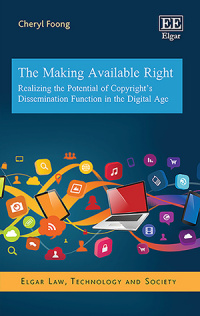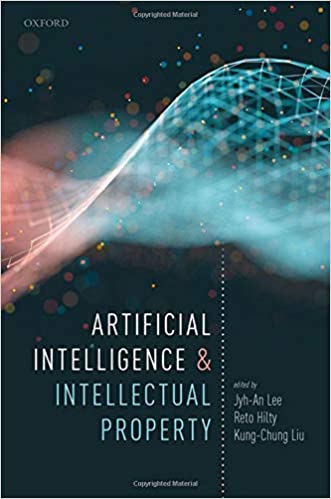Description
The right of copyright owners to make their content available to the public is crucial in an environment driven by access. The Making Available Right provides in-depth analysis of this exclusive right and offers insights on how we can approach the right in a more transparent and principled manner.
Cheryl Foong articulates a conceptual framework for understanding this right in a dynamic communications environment, critically examines the similarities and differences in its implementation across the United States, the European Union and Australia, and draws out underlying themes that serve as lessons for reform. The author builds an analytical framework for the making available right that addresses copyright’s underappreciated dissemination function – i.e. encouraging the dissemination of content to the public – in conjunction with its authorship function.
This thought-provoking book brings together detailed analysis of the law and a broader consideration of copyright’s fundamental aims, and will be of interest to judges, practitioners and scholars concerned about how copyright deals with access going forward.
Contents:
Acknowledgements
PART I – Theoretical and Contextual Framework
1. Introduction: Establishing copyright principles for an access world
2. Copyright’s history, theory and context
PART II – International, Regional and National Development
3. The Internet Treaties: Introducing the making available right
4. National and regional implementation: US, EU and Australia PART III – Underlying Problems and lessons for reform
5. Interpreting “the public”: A focus on copyright owners’ perspectives
6. Interpreting the “act”: Superficial analysis of a crucial element PART IV – Solutions and Future Pathways
7. Conceptual framework for the future
8. Conclusion: Towards principled and transparent decision-making
Index








